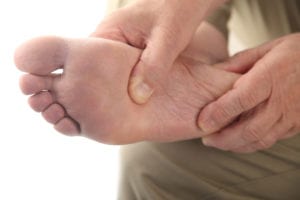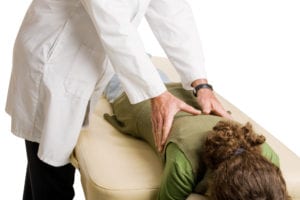 Back pain can be debilitating. When discomfort begins to interfere with your quality of life, it’s time to consider your treatment options. Spinal injections are one of the most common solutions for chronic back pain. Unfortunately, they only mask the problem, and do not address the root cause of discomfort. Here, Dr. Cody Doyle – your chiropractor in Roanoke, TX – explains why we recommend trying chiropractic care before receiving spinal injections.Read More >
Back pain can be debilitating. When discomfort begins to interfere with your quality of life, it’s time to consider your treatment options. Spinal injections are one of the most common solutions for chronic back pain. Unfortunately, they only mask the problem, and do not address the root cause of discomfort. Here, Dr. Cody Doyle – your chiropractor in Roanoke, TX – explains why we recommend trying chiropractic care before receiving spinal injections.Read More >
Try Chiropractic Care Before Spinal Injections
 Back pain can be debilitating. When discomfort begins to interfere with your quality of life, it’s time to consider your treatment options. Spinal injections are one of the most common solutions for chronic back pain. Unfortunately, they only mask the problem, and do not address the root cause of discomfort. Here, Dr. Cody Doyle – your chiropractor in Roanoke, TX – explains why we recommend trying chiropractic care before receiving spinal injections.Read More >
Back pain can be debilitating. When discomfort begins to interfere with your quality of life, it’s time to consider your treatment options. Spinal injections are one of the most common solutions for chronic back pain. Unfortunately, they only mask the problem, and do not address the root cause of discomfort. Here, Dr. Cody Doyle – your chiropractor in Roanoke, TX – explains why we recommend trying chiropractic care before receiving spinal injections.Read More >





